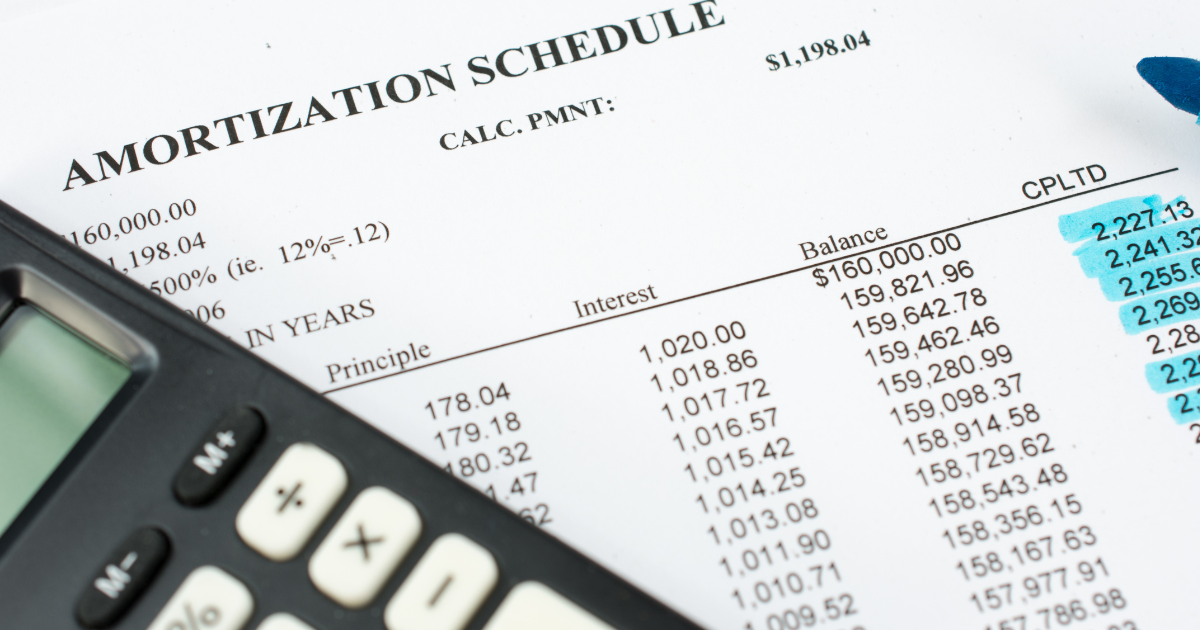When you’re buying or refinancing a home, one of the key steps in the mortgage process is the home appraisal. It’s a term you’ve probably heard, but what exactly does it mean—and why does it matter so much?
In this guide, we’ll break down the essentials of home appraisals: what they are, who performs them, how they’re done, and why they’re crucial for your mortgage loan.
What Is a Home Appraisal?
Let’s Start With Value
How much is something worth? The true answer is simple: it’s worth exactly what someone is willing to pay for it today. Until a buyer and a seller come together, negotiate, and agree on a price, value is theoretical.
This is as true for a home as it is for anything else. A house could have sentimental value to its owner or seem overpriced to a potential buyer—but its market value is ultimately determined by real-world transactions where agreements are reached and money changes hands.
This is why appraisers play such an important role in the mortgage process. They don’t set the value of a home; they provide their professional opinion of its likely market value, based on data from similar properties that have actually sold—not listed, not pending, but closed.
And importantly, that opinion is tied to a specific point in time—the effective date of the appraisal, which is the date the appraiser inspects the property.
The Role of the Appraisal in the Mortgage Process
In a real estate transaction, nearly every party—the buyer, the seller, the lender—has a financial stake in the property’s value. Because of this, none of them can be the one to officially determine it.
That’s where the appraisal comes in.
The appraisal provides an independent, third-party opinion of value that ensures the lender isn’t financing more than the home is worth, and that the buyer isn’t overpaying. It protects all parties from entering into a deal based on an inflated or inaccurate price.
This independence isn’t just a best practice—it’s a legal requirement. Federal regulations, including the Appraisal Independence Requirements (AIR), mandate that lenders cannot influence or pressure appraisers in any way. The appraiser’s sole job is to provide an unbiased assessment.
For the lender, the appraisal is a key part of underwriting. It helps them confirm that the home provides adequate collateral for the loan. Without it, lenders would be taking on significant risk.
Who Are Home Appraisers?
Appraisers are state certified or licensed professionals trained to evaluate properties and estimate their market value. Becoming an appraiser requires:
- Extensive education in appraisal theory, ethics, and market analysis.
- Field experience working as a trainee under a licensed appraiser, often logging over 1,000 hours.
- Licensing exams that test their knowledge and judgment.
- Yearly continuing education to keep them sharp
When you’re getting a mortgage, your lender hires the appraiser as an independent third party. Their sole role is to provide an unbiased opinion of value to guide the lending decision.
The Appraisal Inspection
The appraisal process starts with an on-site inspection, which allows the appraiser to get a first-hand look at the property.
During this visit, the appraiser will:
- Measure the home to verify square footage and layout.
- Take photographs of the interior and exterior for documentation.
- Note features like the number of bedrooms and bathrooms, upgrades, the condition of major systems (roof, HVAC, plumbing), and overall construction quality.
- Assess curb appeal and location factors, such as proximity to schools or being on a busy street.
- Identify any issues that could impact marketability, such as deferred maintenance or structural concerns.
This inspection provides a snapshot of the property’s current condition and characteristics, which is critical for accurate valuation.
It’s worth noting: this isn’t the same as a home inspection. A home inspector is hired by the buyer to uncover potential problems. The appraiser’s role is to evaluate how the property compares to others on the market.
How Do Appraisers Determine Value?
Once the inspection is complete, appraisers use standardized methodologies to estimate the home’s value. Two key approaches are commonly applied:
The Sales Comparison Approach (Primary Method)
The Sales Comparison Approach is the cornerstone of residential appraisals. Here’s why:
This method reflects how buyers and sellers operate in the real world—comparing similar homes to arrive at a price. The appraiser:
- Finds the most comparable sales: They look for recently closed sales of homes that are as similar as possible in size, age, style, condition, and location. The goal is to select comps that reflect what a typical buyer would consider equivalent.
- Adjusts for differences: Because no two homes are identical, the appraiser adjusts the sale prices of the comps up or down to account for differences like an extra bathroom, a finished basement, or a larger lot.
- Reconciles the data: After adjustments, the appraiser arrives at an informed estimate of the subject property’s market value as of the inspection date.
It’s important to emphasize that appraisers rely on closed sales because these represent actual agreements between buyers and sellers. A listing price or pending offer doesn’t provide the same level of certainty.
The Cost Approach (Secondary Method)
The Cost Approach is often used for new construction or unique properties where comparable sales are limited.
This method involves:
- Estimating the cost to rebuild the home using current material and labor costs.
- Subtracting depreciation for age, wear-and-tear, or functional obsolescence.
- Adding the value of the land, as determined by comparable land sales.
While less commonly relied upon for existing homes, it provides a useful check against the Sales Comparison Approach.
Why Appraisals Matter
An accurate appraisal means a great deal because the appraised value will be used to underwrite the loan—it can make or break a sale or refinancing. It protects everyone involved:
- Buyers and homeowners can feel confident they’re not overpaying and understand if their loan will be approved.
- Lenders know they’re not financing more than the home is worth, using the appraised value as a key underwriting factor.
- Sellers gain insight into their home’s market value and whether deals are likely to close smoothly.
At CapCenter, we’ve seen how crucial this step is for a smooth home purchase or refinance. That’s why our streamlined process includes covering the cost of your appraisal as part of our ZERO Closing Cost mortgages—keeping things moving, helping you close faster, and saving you thousands.
Final Thoughts
A home appraisal is more than just another step in the mortgage process—it’s a critical checkpoint that ensures your investment aligns with the market. By understanding how appraisals work and the expertise behind them, you’ll feel more confident navigating your next home purchase or refinance.
At CapCenter, we’re here to guide you every step of the way—backed by ZERO Closing Cost loans that leave more money in your pocket where it belongs.




